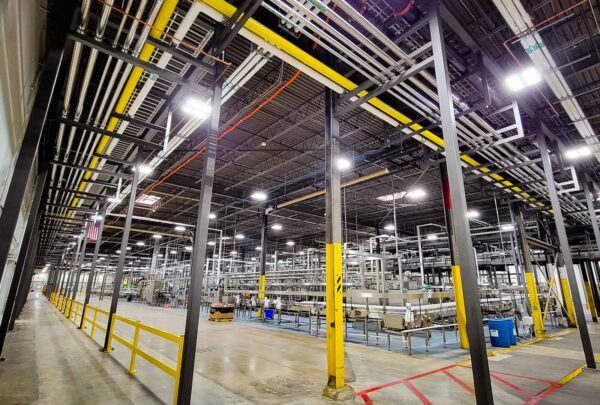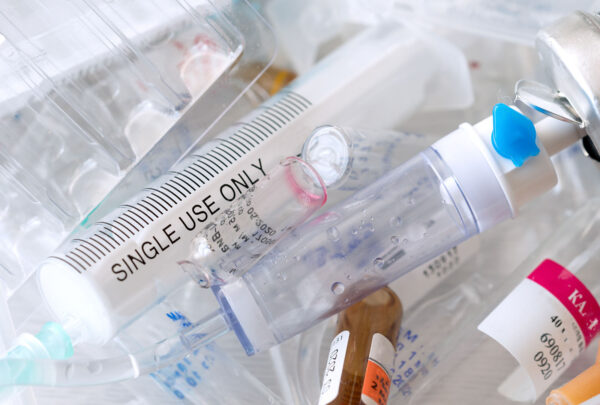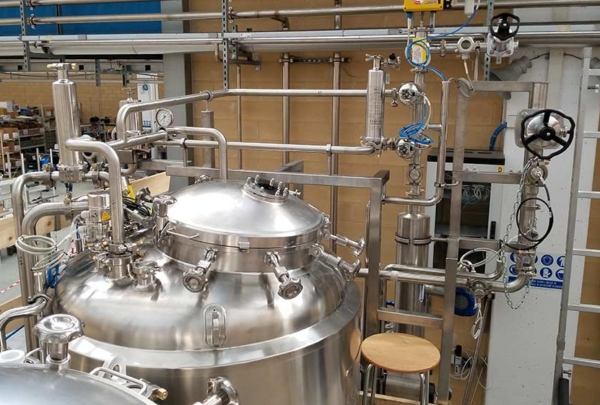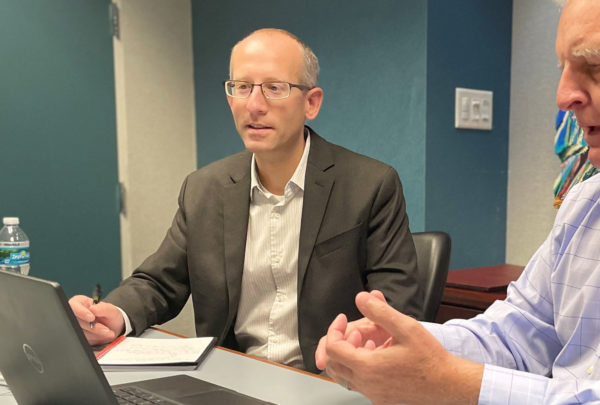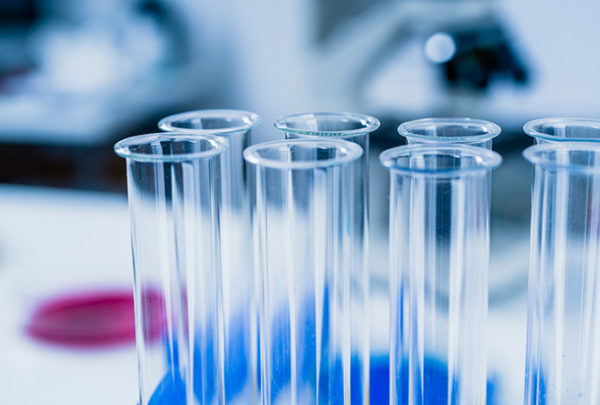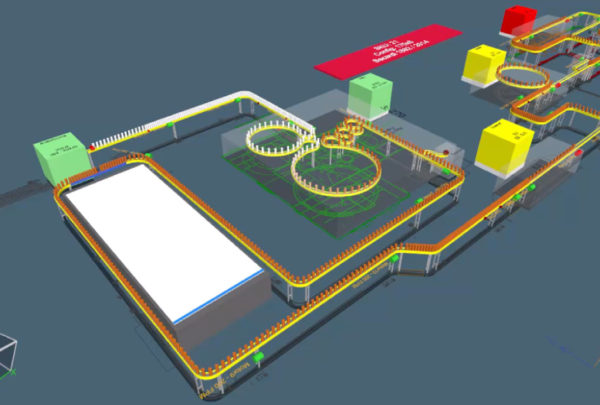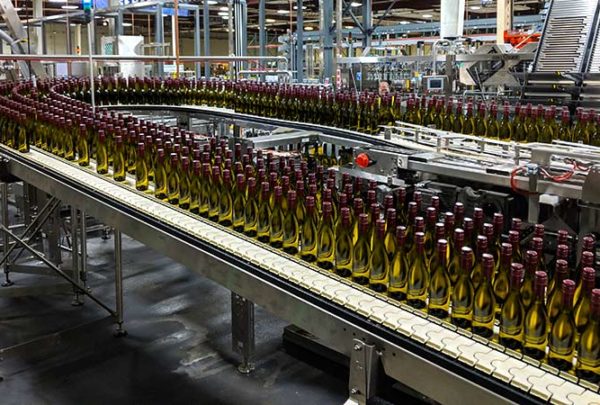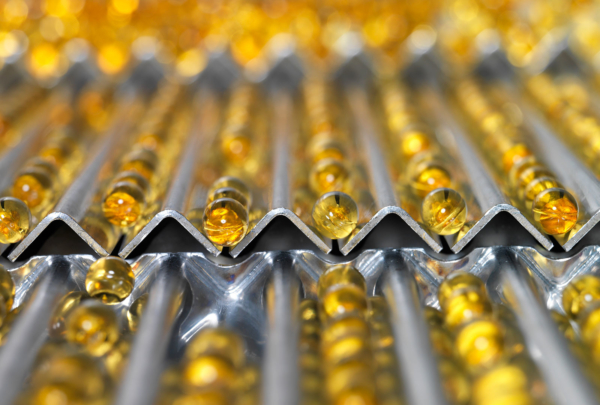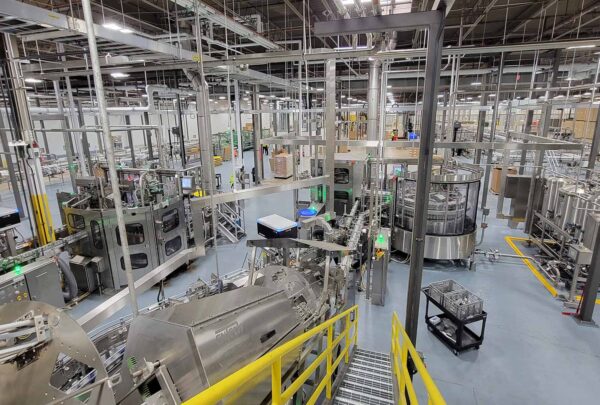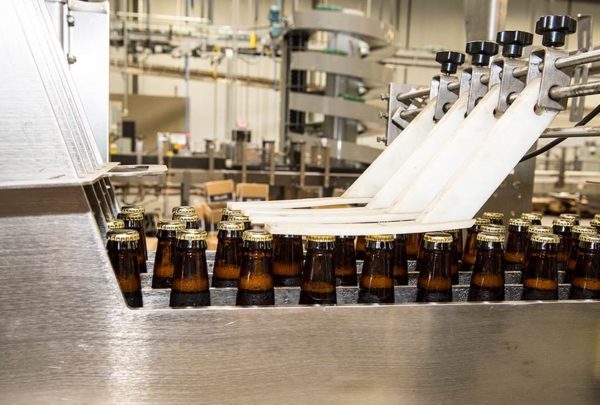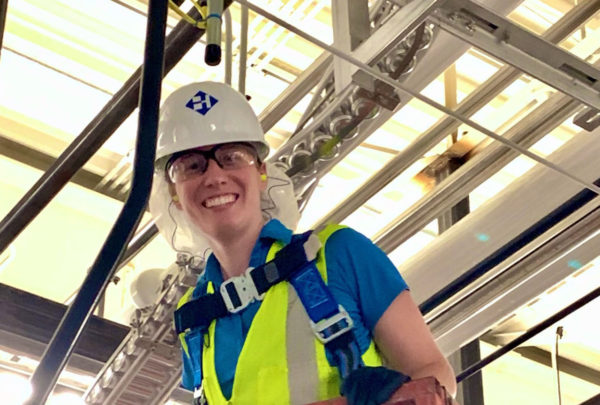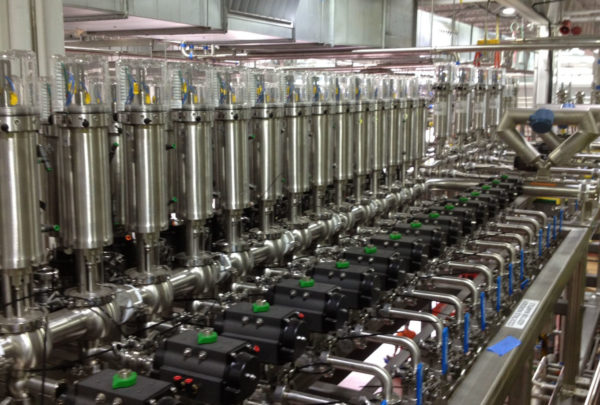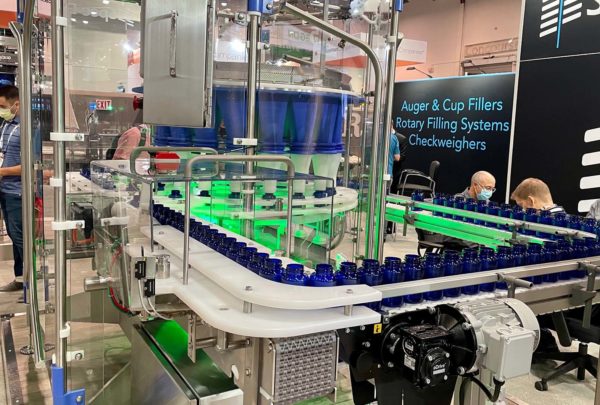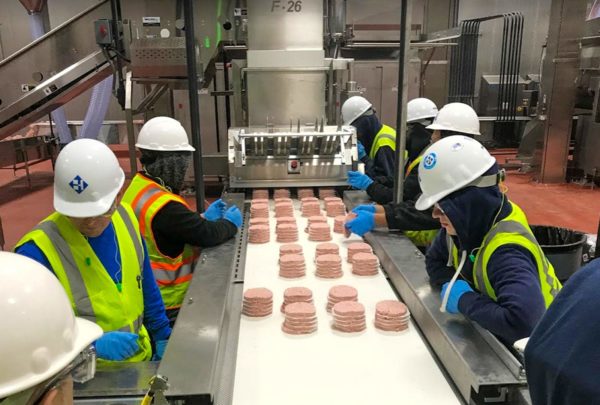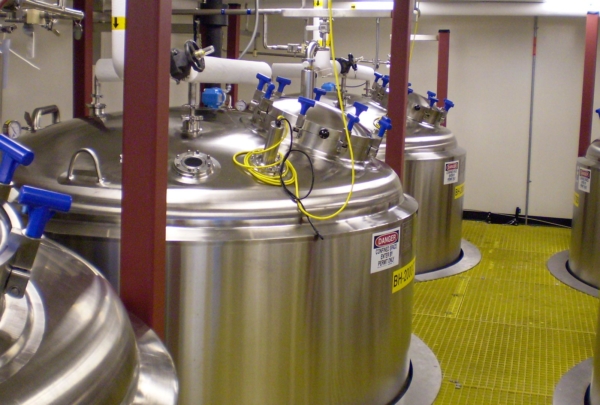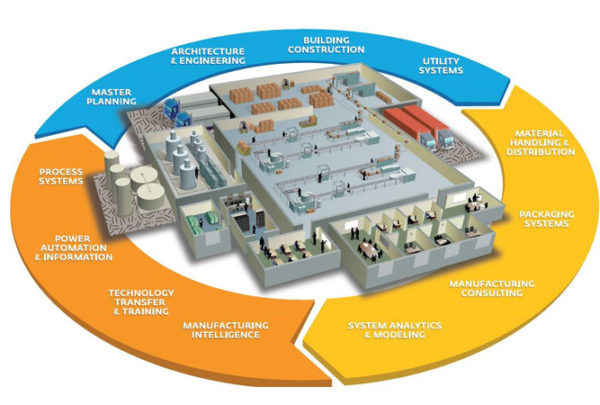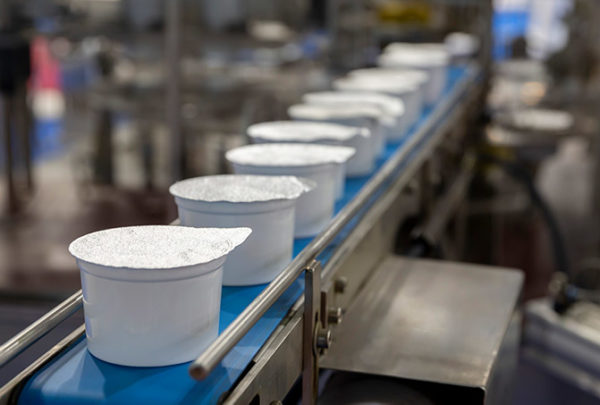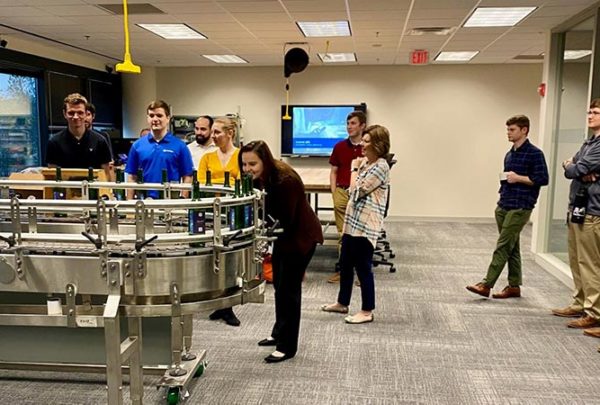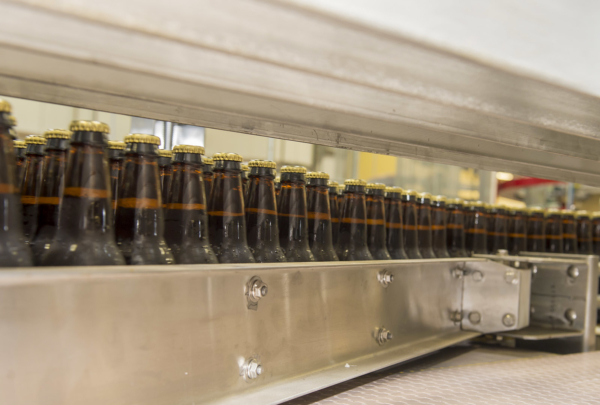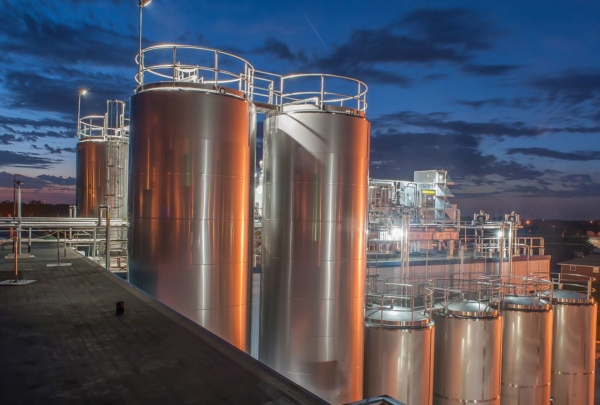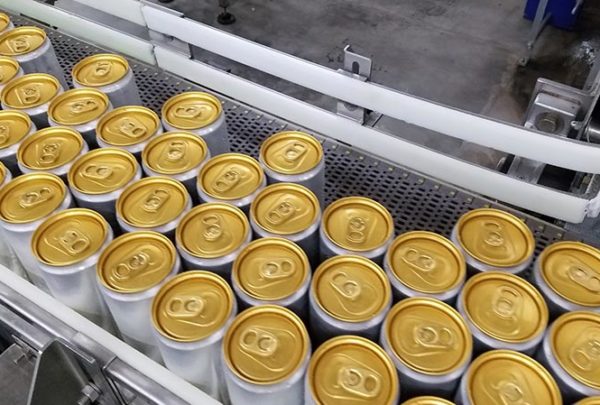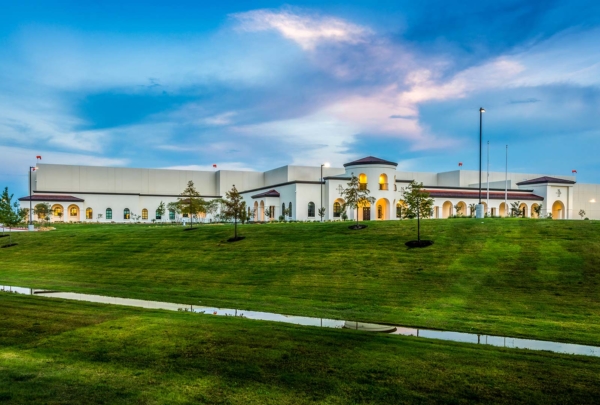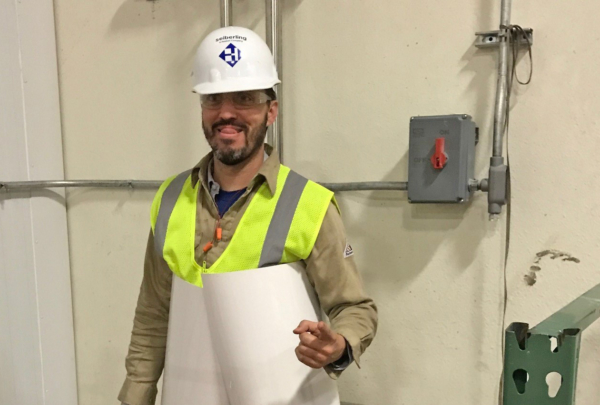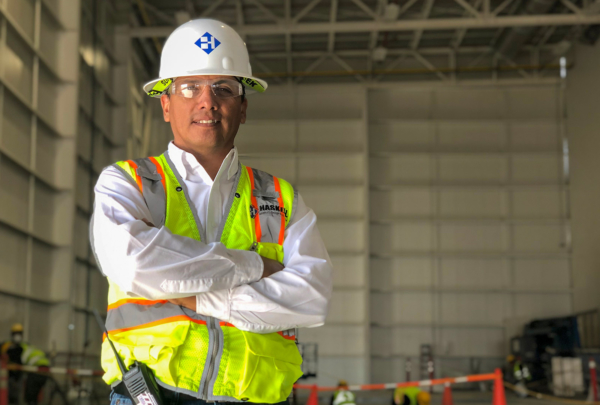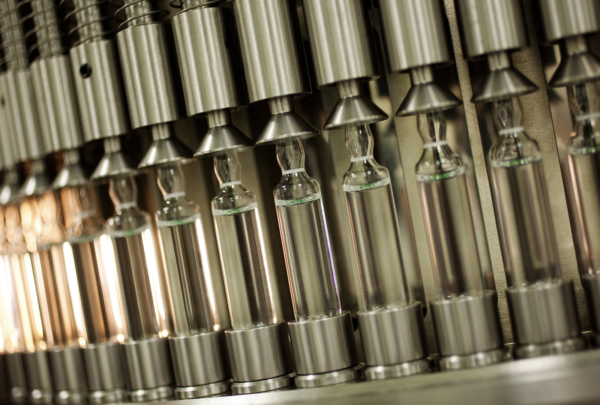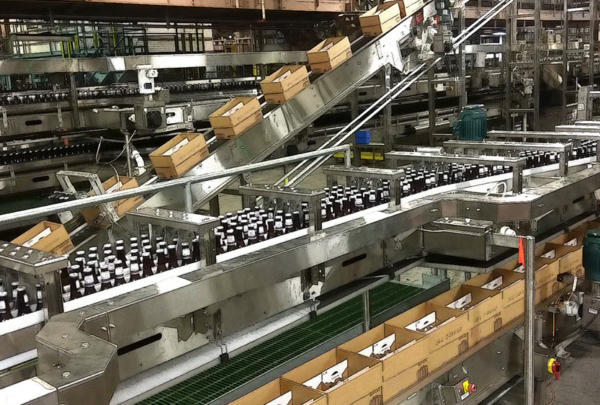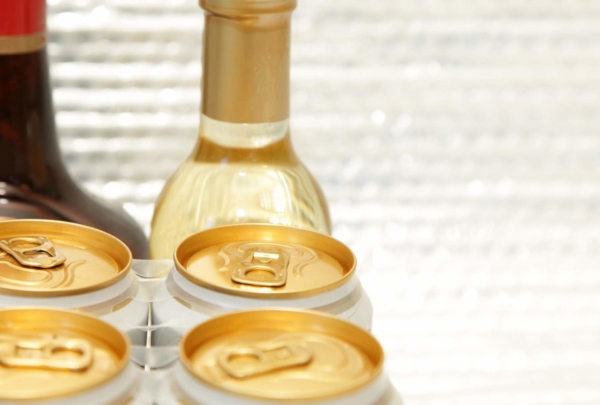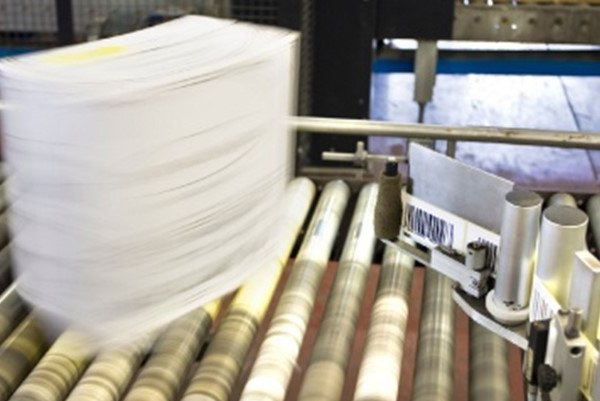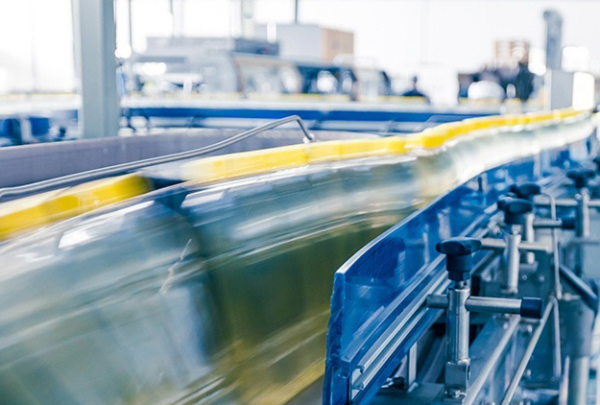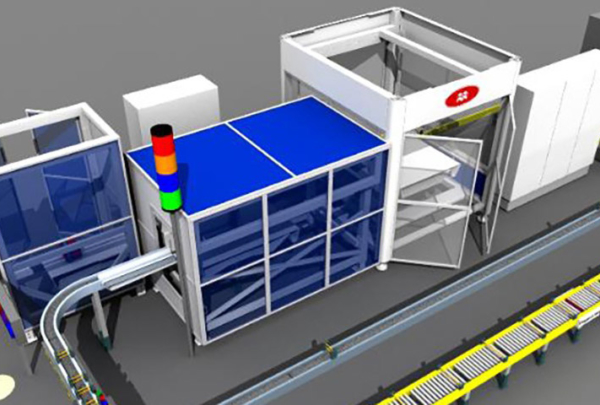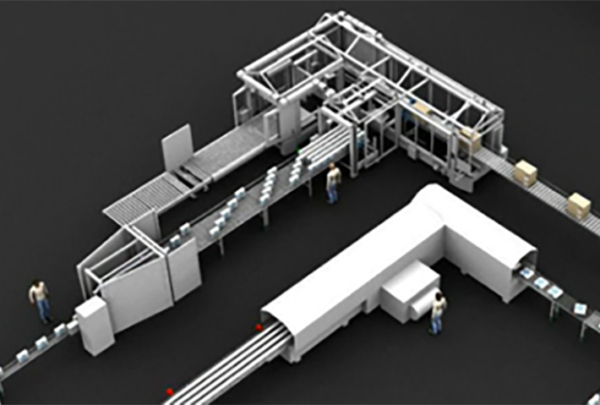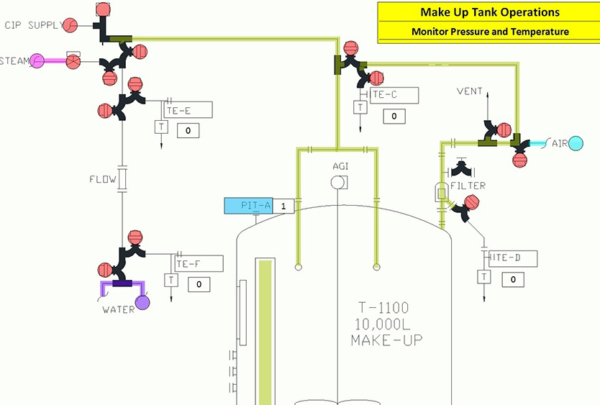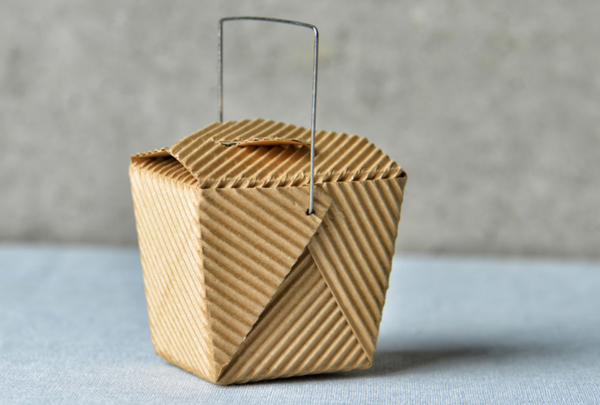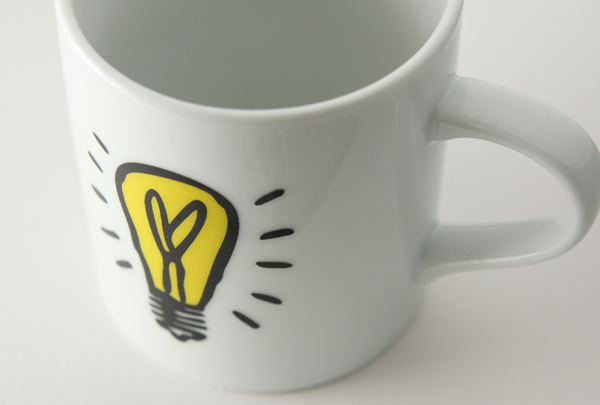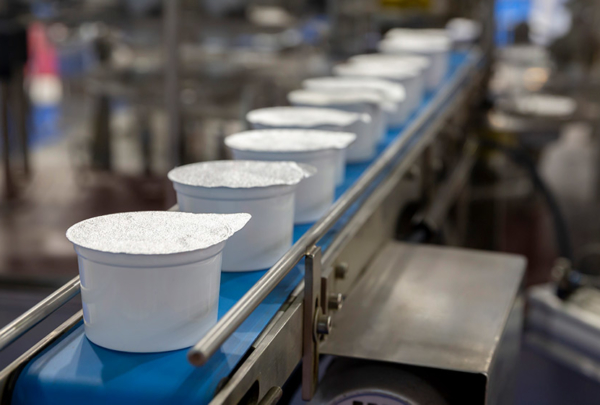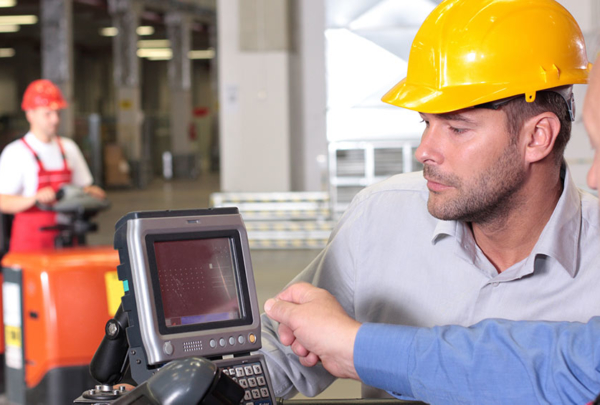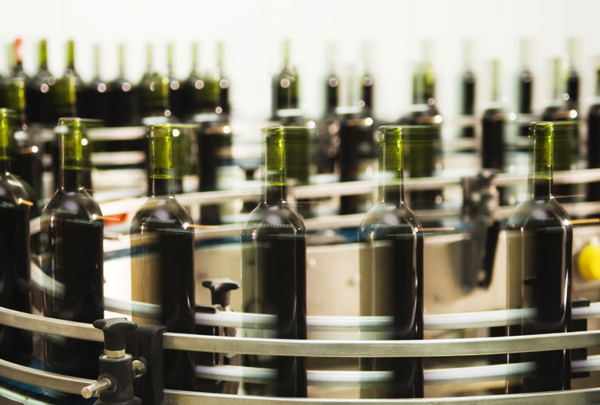Whether you are a food, beverage, fine chemical or pharmaceutical manufacturer, there are questions that are common to every cleaning-in-place (CIP) project.
In this blog, two of the nine frequently asked questions are answered. If you would like to read all of the questions and answers in the full version, download it at the end of the blog.
How does CIP Program Definition Impact the Project Budget?
If RO (Water Purified using Reverse Osmosis), DI (Deionized Water) or WFI (Water for Injection) is selected as the cleaning water, there may be an increase in the number of filtration systems or stills required to create the volume needed to accomplish single pass cleaning. If the CIP program is not identified until detail design or later, the facility equipment set is often insufficient to generate the solutions required to accomplish cleaning. If not considered during conceptual design, the floor plan or budget may not allow for the expansion to achieve effective cleaning operations.
Similarly, single rinse duration of 5 minutes versus 10 minutes may seem insignificant during the design phase, but when applied 3-4 times per circuit, 10-20 times a day; it may result in a grossly undersized water supply and waste handling system.
How does the Facility Layout Impact CIP Unit Selection and Performance?
The CIP Unit should be located in close proximity to water and chemical supply, as well as waste discharge destinations to minimize the installation and operating costs. The optimal installation for most CIP Units is illustrated in Figures 1 and 2. The CIP Unit should be located on the lowest floor of the process, centrally located under the process equipment to be cleaned, taking advantage of the benefits of gravity for improved equipment drainability and CIP return flow while reducing drain times. When properly executed, this approach to installation can eliminate CIP return pumps, along with their pump casing drain valves and drain piping which in turn, reduces installation and automation costs.
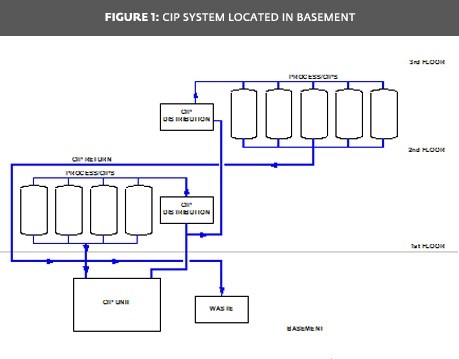
If a Single Pass or Recirculating CIP Unit is located on the same floor as the clean process operations, then a CIP return pump will be required. A self-priming CIP return pump, which can pump air-water mixtures, is the best option for efficient CIP return flow when considering same floor operations.
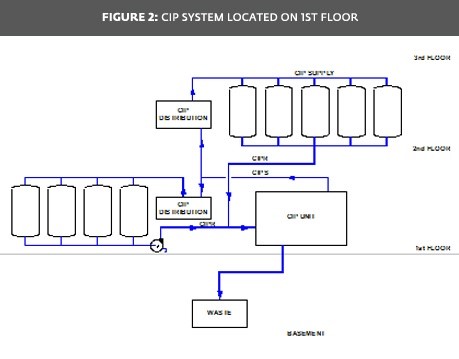
The only situation where the CIP Unit may be effectively located above equipment to be cleaned is when considering Single Pass CIP Systems, with cleaning solutions cascading down through the equipment and continuing to drop to a low level waste handling system. Pumped CIP return flow to upper level CIP Units results in poor drainability and lack of clarity in transitions between chemical wash and rinse phases, usually increasing rinse water volumes and CIP circuit durations.
As you see, your decisions surrounding your CIP system impact more than just your process area, it can affect your project. To read the rest of the answers to the remaining seven frequently asked questions, enter your email below. If you would like to know more about these process systems solutions, feel free to contact one of Haskell's process experts, Bob Price via email, bob.price@haskell.com.



